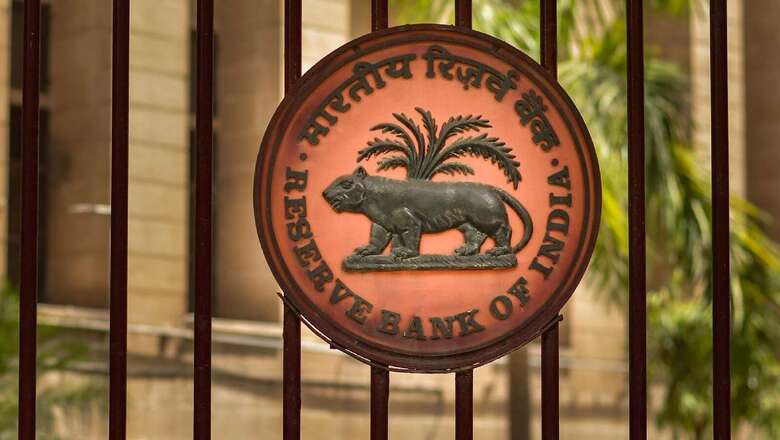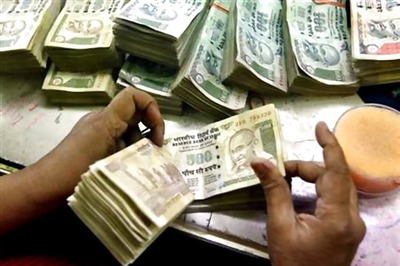
views
The government of India announced a day back that it has planned to move a Bill regulating private cryptocurrency in India during the upcoming winter session of the Parliament. The decision, which was announced in a Lok Sabha bulletin, has sparked a ripple effect in the cryptocurrency market, as Bitcoin, Solana, Dogecoin prices crashed in the country. While the Cryptocurrency and Regulation of Official Digital Currency Bill, 2021 seeks to regulate the circulation of private cryptocurrency in India, it also proposes to create a framework for the introduction of an official digital currency issued by the Reserve Bank of India or RBI.
According to the bulletin listing the legislative business posted on Lok Sabha’s website, “The Bill also seeks to prohibit all private cryptocurrencies in India, however, it allows for certain exceptions to promote the underlying technology of cryptocurrency and its uses.” The Bill to ban all private cryptocurrencies in India, with a few expectations to promote blockchain technology will be introduced in the upcoming winter session of the parliament.
“To create a facilitative framework for creation of the official digital currency to be issued by the Reserve Bank of India,” it added in regard to the introduction of the central bank digital currency (CBDC). The Lok Sabha bulletin did not provide any other details about the Cryptocurrency and Regulation of Official Digital Currency Bill, 2021.
This leads us to the question: What is a Central Bank Digital Currency?
According to the Reserve Bank of India, a Central Bank Digital Currency or CBDC is the legal tender issued by a central bank in a digital form. It is the same as a fiat currency and is exchangeable one-to-one with the fiat currency. Only its form is different.
In a statement issued by the bank, the RBI describes the difference between CBDC and cryptocurrency. “CBDC is a digital or virtual currency but it is not comparable to the private virtual currencies that have mushroomed over the last decade. Private virtual currencies sit at substantial odds to the historical concept of money. They are not commodities or claims on commodities as they have no intrinsic value; some claims that they are akin to gold clearly seem opportunistic. Usually, certainly for the most popular ones now, they do not represent any person’s debt or liabilities. There is no ISSUER. They are not money (certainly not CURRENCY) as the word has come to be understood historically,” it says.
In this regard, the CBDC would be something that supports the banking system or compliments the existing frameworks in place.
RBI governor Shaktikanta Dash has repeatedly reiterated the central bank’s worries about the digital token and its craze in India despite not being recognised as a currency. The issue was discussed at length earlier in the month in a meeting chaired by Prime Minister Narendra Modi, who has also expressed concerns about cryptocurrencies being used for illegal work.
“In the prime minister’s meeting on the issue earlier this month, there was a consensus that the steps taken in this field by the government will be ‘progressive and forward looking’. It was then also discussed that “unregulated” crypto markets cannot be let to become avenues for money laundering and terror financing,” sources in the government said on the Centre’s decision to introduce the Bill.
“A strict mechanism will be in place so that law enforcement agencies can trace the origin of cryptocurrency used for illegal or anti-national work,” they added on Wednesday.
Read all the Latest Business News here




















Comments
0 comment